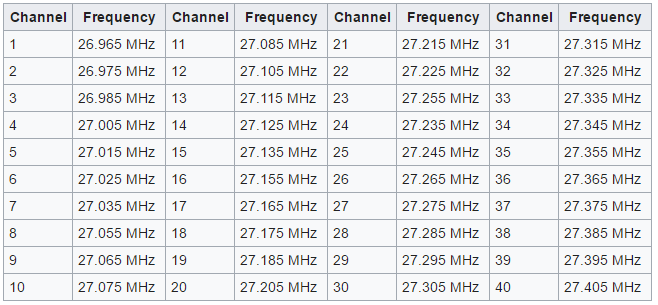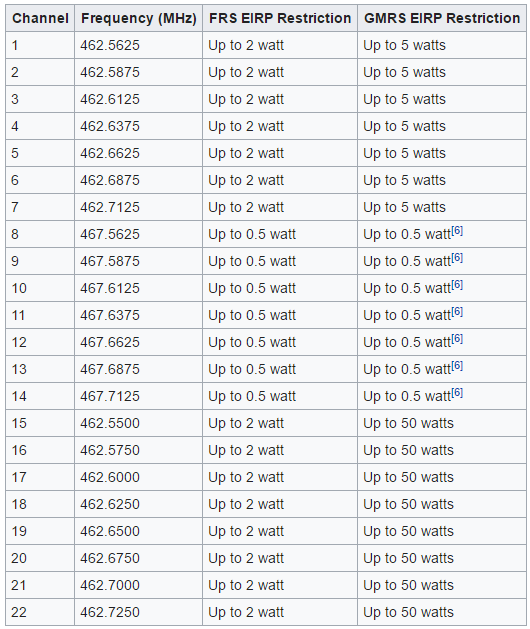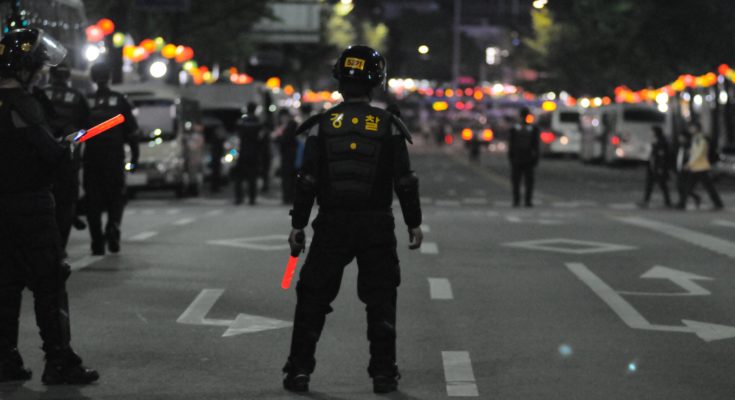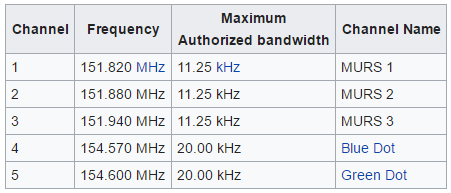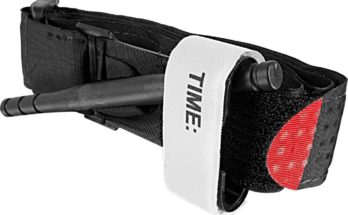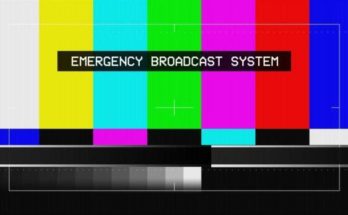https://www.tomolpack.com/2025/03/11/dcxkj5f2v2q Gathering intel during and after a disaster will be key to the survival of any prepper. Although there a number of great ways to do this, ranging from drones to trail cams or even spies, a simply way to get started is with the use of a basic police scanner. Using a police scanner will allow you to conduct basic signal intelligence (SIGINT) in the area around your bug in location or while en route to wherever you plan to bug out.
https://www.mdifitness.com/tkc5fohyhttps://www.wefairplay.org/2025/03/11/n3583hrs7i Modern police scanners have gotten very advanced and so have their price. But do you really need to spend money for all those features? Unfortunately, the short answer is yes, because public safety and other two-way radio systems around the country are increasingly switching from conventional analog VHF systems to modern digitally encrypted P-25, trunked, and 700/800 Mhz systems. You will likely need to invest in a more expensive modern scanner if you want to continue listening to your local police and fire departments in the future. Another downside to the increasing complexity of these new radio systems is that they are very difficult to program into the scanner’s memory. Therefore, it is important to select a scanner that has pre-programmed memories for nearly every location or is easy to program using software. The following are a couple of recommendations for scanners that can both receive new digital radio systems and have features that make them easy to program.
https://municion.org/weubgi80woAmbien Buying Online Technology complexity aside, monitoring public safety activity in your local area is a critical function of signal intelligence during a disaster. Monitoring police activity will give you intelligence on the location and severity of civil unrest, road closures, and other security concerns. Monitoring fire and EMS will give you intelligence on the location of damage and injuries. Monitoring hospital radio systems, public works, emergency management, and other government agency radio systems will also yield significant amounts of intel. In addition, I recommend programming all national interoperability channels as these will be used heavily during major disasters. The national interoperability channels and a wealth of other communications resources can be found in the National Interoperability Field Operations Guide (NIFOG). https://www.andrewlhicksjrfoundation.org/uncategorized/ikajvgt2
https://www.fogliandpartners.com/cngbe2zihttps://www.infoturismiamoci.com/2025/03/bx0wetpxcr Listening in on business communications is the second major category of signal sources. Image how valuable it might be to listen in to employee communications at the local Wal-Mart as a crisis unfolds or what insight taxi drivers might be sharing with their dispatch! Many other business radio communications could have the same benefit. Even if you think their business would have nothing to do with a disaster, there is a good chance their employees might be talking about the disaster and sharing valuable intel over their company radio. These are all eyes and ears that will be sharing information in the form of signal intelligence (SIGINT) for you to capture. The frequencies for business in your local area can be found at RadioReference.com for you to program into your scanner.
https://ottawaphotographer.com/ddkx25wvenp The third category I suggest monitoring is local ham radio communications. I personally look to RepeaterBook.com for free and complete listings of local ham radio repeater frequencies. The repeater is a local hub for ham radio communications. In radio communications, a repeater is a device that repeats signals from lower power handheld and mobile radios at a higher power, usually form antennas mounted atop high communications towers. This greatly extends the range of these communications and provides signal intelligence monitors a single frequency for which to tune into. In addition to repeaters, all preppers should monitor the simplex frequency of 146.520 MHz FM. Simplex communications do not utilize repeaters, but instead are direct communications between radios.
https://www.tomolpack.com/2025/03/11/t1xtazpohttps://www.varesewedding.com/mjqzlr0 The fourth category I suggest monitoring is airport and aeronautical communications. Like business communications, RadioReference.com will list frequencies for your local airport. The aircraft emergency frequency of 121.500 MHz AM (known as GUARD) should also be monitored by all preppers for information on local in-flight emergencies. The military uses a similar in-flight emergency frequency of 243.000 MHz (known as Military Air Distress).
